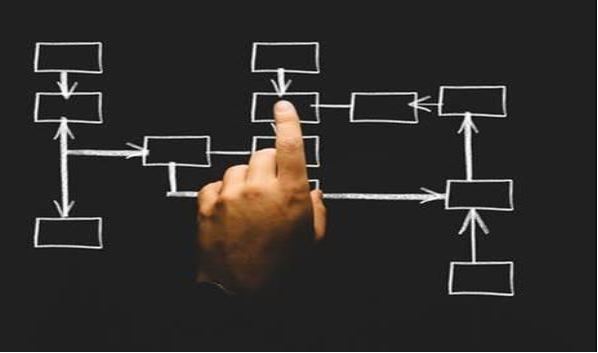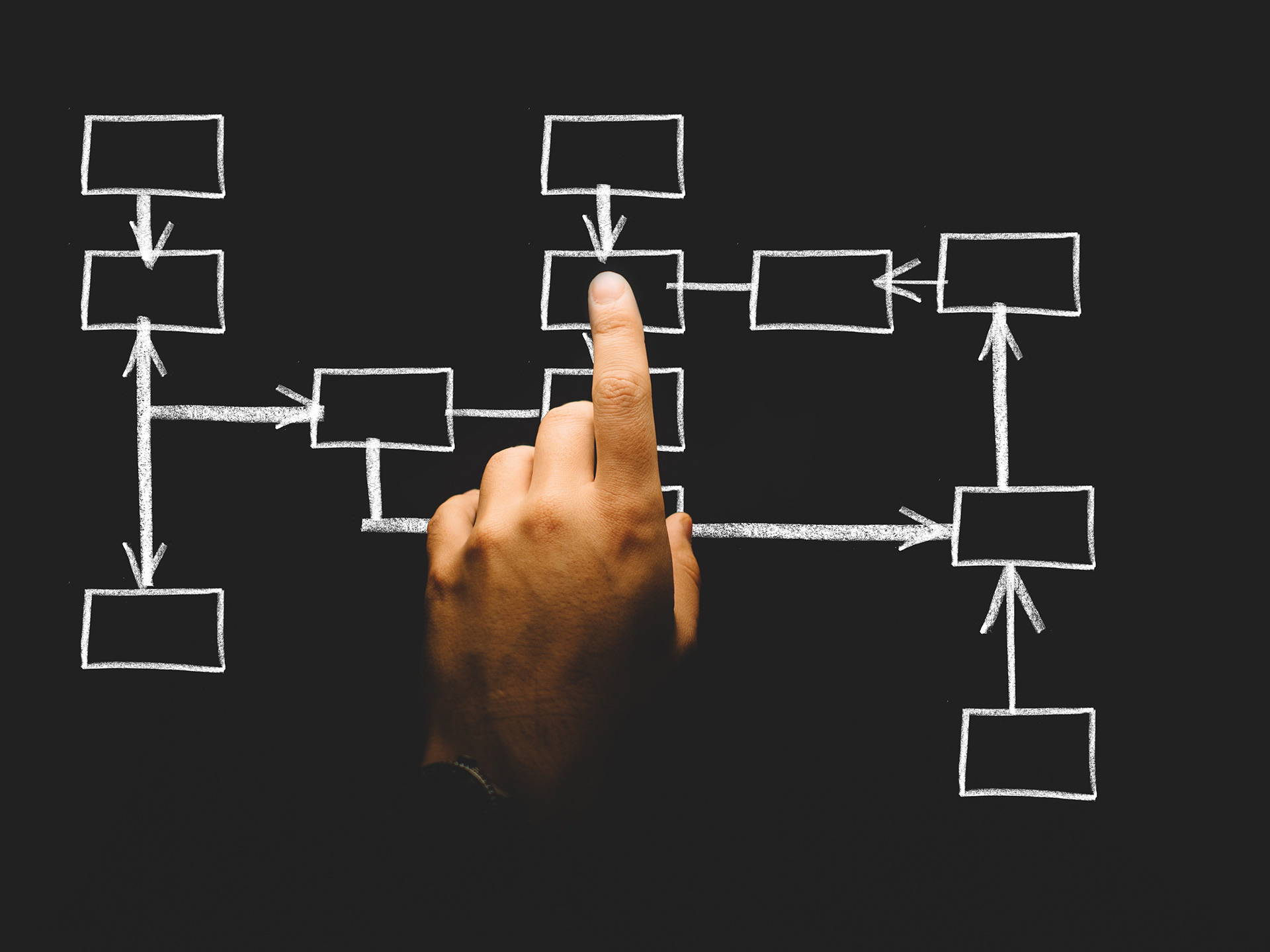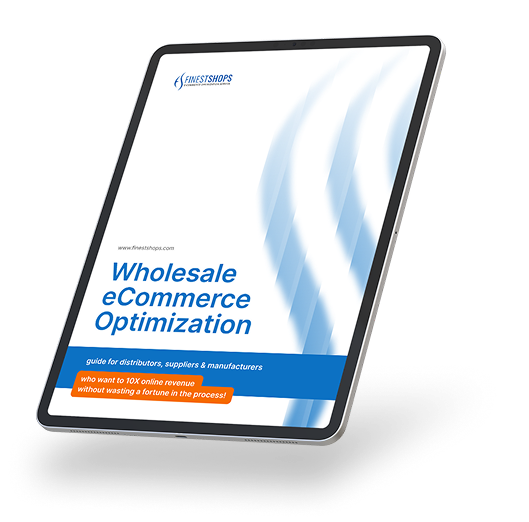Customer journey mapping is a simple idea with a powerful impact. Increasingly popular, these maps are diagrams that show the steps customers go through with a company, from beginning to end.
Customer journey mapping is a great way for an organization to establish how customers relate to their company from first to last contact.
Having a visualization of customer experiences from beginning to end can empower businesses to make decisions that reach customers in the best way.
Doing this will add value to their experiences.
To implement a successful customer journey map, it is important to have a strong understanding of what they are, what functions are essential and common problems that can hinder customer journey mapping success.

The Scoop on Customer Journey Mapping
Customer journey mapping is a diagram that detail each step a customer goes through to engage with a company.
Touchpoints, or how your customers engage with your company, can be anything from an online experience, a retail experience, a product you sell, a service you sell, or any combination between.
Companies with significant numbers of touchpoints will have a stronger need for a customer journey map, but will also have a more complicated map
Every possible touchpoint needs to be listed on a successful customer journey map to ensure you are meeting and exceeding your customer needs.
All good customer journey maps require significant time and resources which sometimes makes them feel like a risk to companies; however, strong customer journey maps are well worth it.
Often, a customer journey map will include touchpoints from the moment a customer engages with a product or brand, to the end when they either upgrade or replace the product, or choose to move their product or service to a competitor.
To reach success with your customer journey map, there are several functions that must be included.
Essential Functions of Customer Journey Mapping
The benefits of customer journey maps easily make the effort to create them worth it. The compact visualization of a customer’s journey from end-to-end make it possible for your business to make business decisions that will give the most value to your customers.
Every customer journey map looks different because it is personalized to the specific needs of the customers of each company or brand.
Some customer journey maps are strategic while others are tactical. Some businesses have a cyclical relationship with their customers while others have a more linear experience and the map will reflect that.
Even though every map is different, there are specific ways to ensure you are building a successful customer journey map. Here are five of the ways:

1. Keep a Customer Oriented Perspective
The only way to create a highly successful customer journey map is to build it from your customer’s perspective, and not from a business perspective.
A business oriented map focuses on the stages and steps of the journey, but is missing the customer focus.
Instead, a customer focused map considers what a customer does, how they think and feel, how they interact with your brand, and the stages of their relationship with the product or brand.
2. Compare Customer Perceptions vs. Goals, Needs, and Expectations
Customer journey mapping needs to include a purpose and be actionable. They should include the positive and negative emotions of customers throughout their journey.
While it is more desirable to think all customers will have a positive experience, the reality is that it doesn’t always happen.
Understanding negative customer experiences and emotions allows a company to evaluate those negative touchpoints to fix them and come out even stronger.
From long term perspective, it helps increasing customer lifetime value which is primarily what small and enterprise businesses aim at.
3. Show Customer Journey Across Multiple Touchpoints
When looking at an overall map, it is important to be able to see your customers’ current and future journey across most touchpoints at the same time.
If your focus is only on one touchpoint, it is easy to miss potential gaps in customer experience that need to be filled.
4. Performance Indicators Are a Must
One of the most important components of a customer journey map is the performance indicators.
Businesses or brands who build a customer journey map do so because they want to understand any critical opportunity areas from their customers’ perspective.
Performance indicators offer qualitative insights to customer highs and lows, thereby helping to improve customer journey.
Reviewing the performance indicators reveals where businesses are exceeding expectations and where improvements are needed.
5. Layer Relevant Information to Help Stakeholders See the Benefits
When building a customer journey map, you can layer different information to provide relevant visuals. The map will have different layers for the different functions you need.
To create a successful customer journey map, it is important to include many different layers like performance, production, and processes, to be able to look at the whole customer journey, from all different angles.
Understanding the essential functions of a customer journey map is important.
Having a strong working knowledge of common problems that may hinder success is also a must.

Common Problems that Hinder Customer Journey Mapping Success
While customer journey mapping is all different, there are several actions that can negatively affect a successful map.
When building and maintaining the journey map for your company, it is important to keep these issues in mind:
- Jeannie Walters, CEO of 360Connext says “I believe the biggest mistake is approaching the mapping as a one-off project, where the purpose is a slick poster or deliverable.”
The process of customer journey mapping, including maintaining, is where the magic happens and if you are hoping to just frame your map on the wall when it’s completed, you are missing the opportunities for growth.
Customer journey mapping is made to be interactive and evolutionary.
- Building your map based on assumptions is a very quick way to cause the customer journey map to fail. Every single component of the map must be based on facts.
Do not fall into the trap of believing you know more about your customers than you actually do.
- Failing to represent all stakeholders creates issues. Creating a map that doesn’t include everyone who is involved in delivery means there will be areas that are not complete.
- Not staying customer focused. You know how difficult it is finding customers and building business. Keeping a customer perspective is necessary during every step of the customer journey, from evaluation to completion, and even again when re-designing or re-evaluating the focus.
- Similar to staying customer focused, your map needs to be built around the different stages of the customer’s journey, and not around the different processes your business takes.
Business processes like the sales process can be added as a layer into the map but the overall focus is on the customer’s journey.
- Failing to recognize the difference between a touchpoint map and a customer journey map.
A touchpoint map does detail the different touchpoints a customer has with a company, but some of the customer journey may not even include the business at all and a customer journey map will recognize those points.
Upshot – While it is impossible to keep every customer who interacts with your brand engaged, understanding as much as possible about the journey your customers take is beneficial.
By understanding their goals, you can make changes to more closely match their needs.
Customer journey mapping is a solid way to visualize your customers’ desires and add even more value to their lives. In doing this, you can improve your business success.
Author Bio – Christy Bohrer is a multi-topic blogger, with a passion for all things marketing and social media. She is a wife, mother, and entrepreneur. In her spare time, she enjoys traveling, language, music, writing, and unicorns. Christy is a lifetime learner, and loves to spend time attending classes, webinars, and summits. She writes for – https://mofluid.com/. Follow her on Twitter – https://twitter.com/christybohrer
Facebook – https://www.facebook.com/mofluid/
Twitter – https://twitter.com/mofluid
About FinestShops
FinestShops is among the best and most complete e-commerce solution providers in the world. We use Magento 2, X-Cart or WooCommerce e-commerce systems for new store deployments and re-platforming as well as state of the art Rackspace or Google Cloud data centers that serve 60% of Fortune 500 companies. Our account managers are knowledgeable and innovative; our support engineers and developers are outstanding and customer satisfaction is second to none.
Whether you are looking to upgrade your current online store or create your first, Finestshops has you covered! Visit www.finestshops.com to request a complimentary performance test of your current store or to sign up for a free trial and create your new online store completely free of charge with no commitment.

